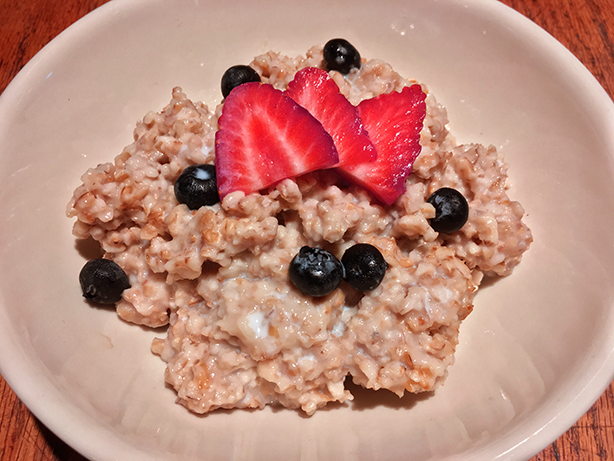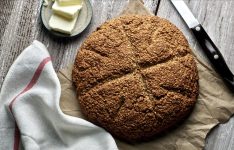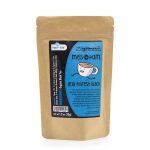Irish Fermented Oats: The Real Pot of Gold
While there is nothing like corned beef and cabbage for dinner to celebrate St. Patrick’s Day, starting off the holiday with a traditional Irish breakfast is just as important. Actually, beginning any morning at Zingerman’s Roadhouse with our stone cut Irish oats is always a great idea. There is nothing quite like stirring in a bit of golden butter or sprinkling on a dash of brown sugar to round out the warm, hearty goodness. For our Irish Special Brunch on March 18th, we will be offering these humble oats three ways, one of which is fermented.
Fermenting is a flavor saver!
It’s interesting to think about how long the art of fermentation has been around, considering all the ways we enjoy it today. It is one of the oldest forms of preserving food, dating as far back as Neolithic times. Without it, we wouldn’t be able to indulge in all the cheese and wine we do today, and these are among the earliest foods that were fermented! It has always been a natural way to prepare food, use up every last scrap and to cut back on the labor of cooking. In addition, it makes certain foods more nutritious, and improves their flavor and texture. Food become more shelf stable, and the process synthesizes essential vitamins, such as B12.
Oats are like a fine wine.
Typically when we think about fermented food, we might conjure up images of yogurt, pickles, maybe even kimchi. One might not actually consider oats as a food that might improve with age. Yet grains benefit from fermentation by becoming more digestible, and by developing more intense flavors and softer textures. Many cultures cook with fermented grains, and fermented oats were historically at the forefront of the Irish diet. As a family staple, they would be cooked into a porridge, then kept in a pantry for weeks, continuing to ferment and solidify until every last bit had been sliced into cakes and griddled. In this manner, the need to mill the oats was significantly reduced, and nothing was wasted. The taste would evolve into something more complex over time, the nuttiness of the oats deepening. The fried cakes would become golden and crispy, and stay soft on the inside.
What will you put on your oats?
These days, one might not keep their oats fermenting in a drawer. However, a simpler approach is to soak them in 2-3 times their volume in water overnight, for 24 hours, or for even a few days depending on how much you want to amp up the flavor. A particularly delicious twist to this method would involve swirling in milk or yogurt, using lacto-fermentation to help develop a creamier, sweeter porridge. After the oats have soaked, bring them to a boil, reduce to a simmer, and stir until they reach an even consistency. Toss in a few ripe berries, drizzle in Irish honey, and spoon up a richness of flavor you won’t find in any packet of instant oatmeal. The fermentation helps break down the structure of the oats, so you are reducing the cooking time. This way you can focus more on how you want to personalize your bowl of Irish yumminess.
Or register now for the Irish Special Brunch at Zingerman’s Roadhouse and enjoy Chef Alex Young’s Irish brunch favorites, including his fermented oats. Reserve your seat for Taste of Ireland today.






Zingerman’s Art for Sale